Climbing—a problem that means your head horse is elevating and gaining too much speed across the pen—is something that headers occasionally run into when their horses enter a painful or high-pressure situation. Because a steer’s actions reflect the horse’s actions, a climbing head horse gives the steer its head back, allowing him to run down the arena. That steer’s hocks won’t be consistent, making the heeler’s job more difficult. It’s a less-than-desirable trait in a head horse, to say the least, but it’s something that can be dealt with. It’s not the easiest problem to fix, but I do have a few solutions for ropers of all levels to try.
Editor’s note: Kolton certainly didn’t bring any climbers to this photo shoot, so don’t confuse any of the great horses pictured as such.
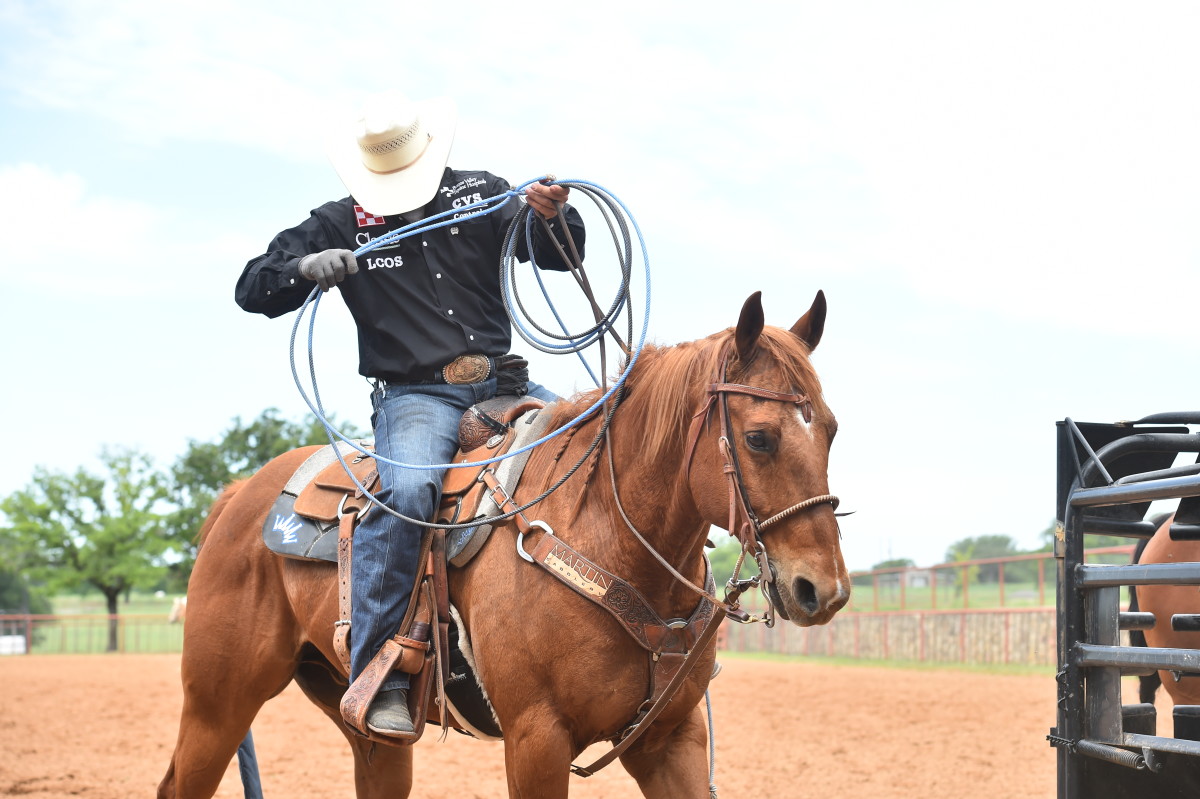
1. Each horse and situation is different, but climbing really does come down to a few things. Horses are fight-or-flight animals, so when they’re in pain or under too much pressure, their flight instinct kicks in. A horse could be dealing with an ill-fitting saddle, a worn-out saddle pad, too much bridle, a soundness issue, or too much pressure too fast, and any one of those things could cause him to start climbing across the pen.
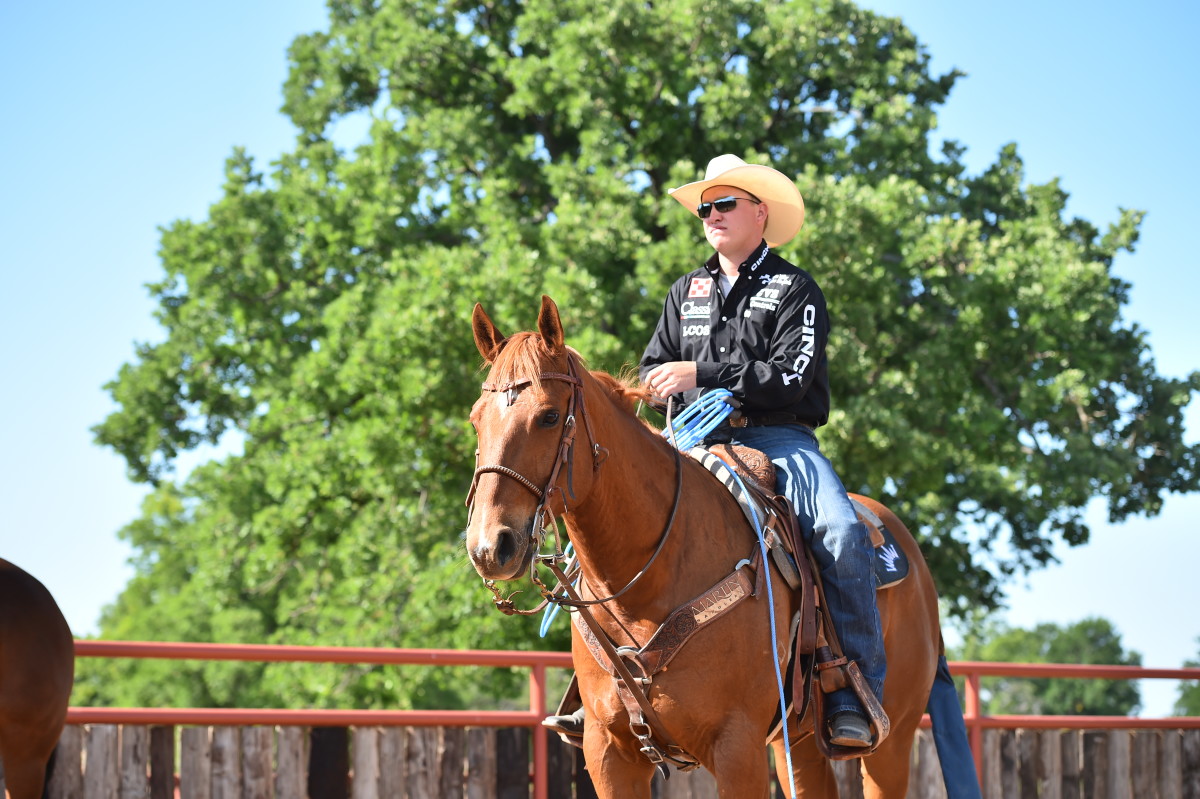
2. Pain and pressure are generally the causes of climbing, but sometimes a horse could start it because he needs the tie-down for balance, and his tie-down could be too long. Horses that don’t balance in the bridle, or aren’t as broke as others, rely on the end of the tie-down to help them gather up and smooth out across the pen. Shortening the tie-down length can be one of the easiest fixes for this problem, but it’s not always the answer.
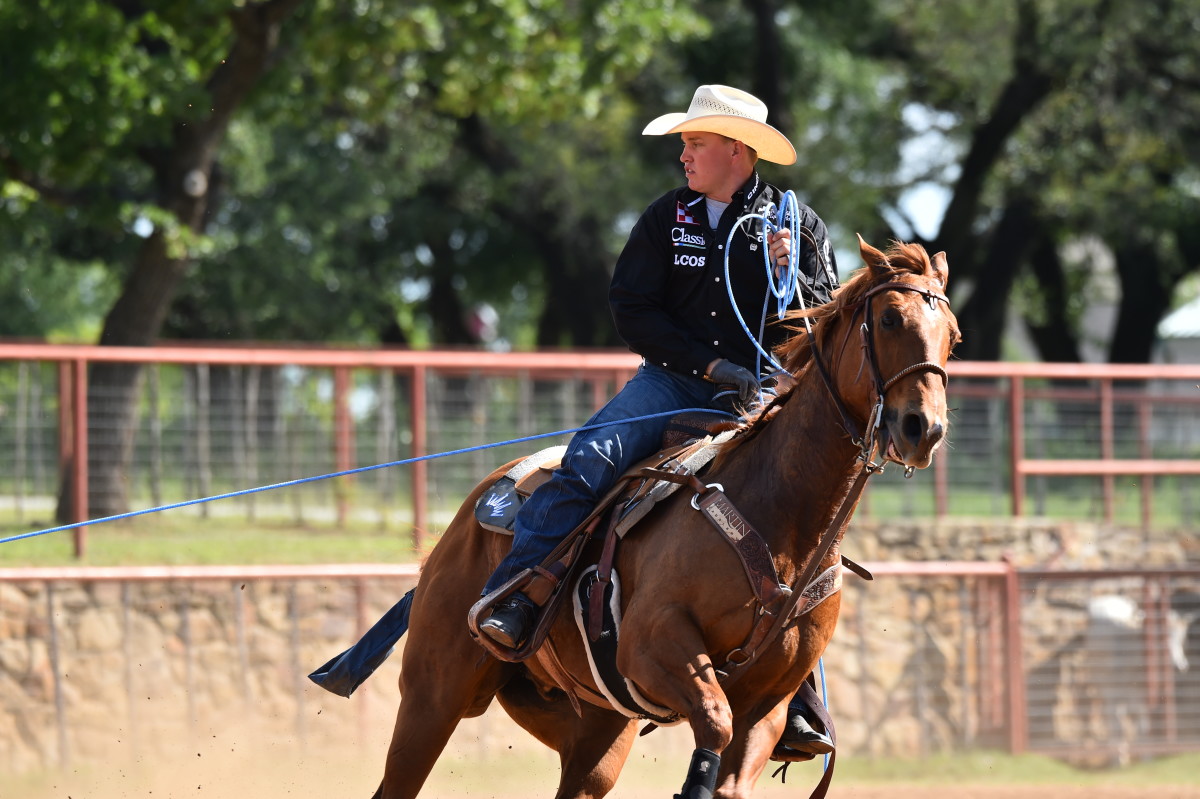
3. When tie-down length is ruled out, I like to check that I’m not pulling on the reins too much with too much bridle. If that’s the case, the horse might be scared of the bit and climbing to get away from the bridle. Also, check with someone more experienced to make sure your saddle isn’t pinching anywhere, and be sure your pad is a good complement to your saddle. Any sort of saddle-fit problems can cause a horse to climb.
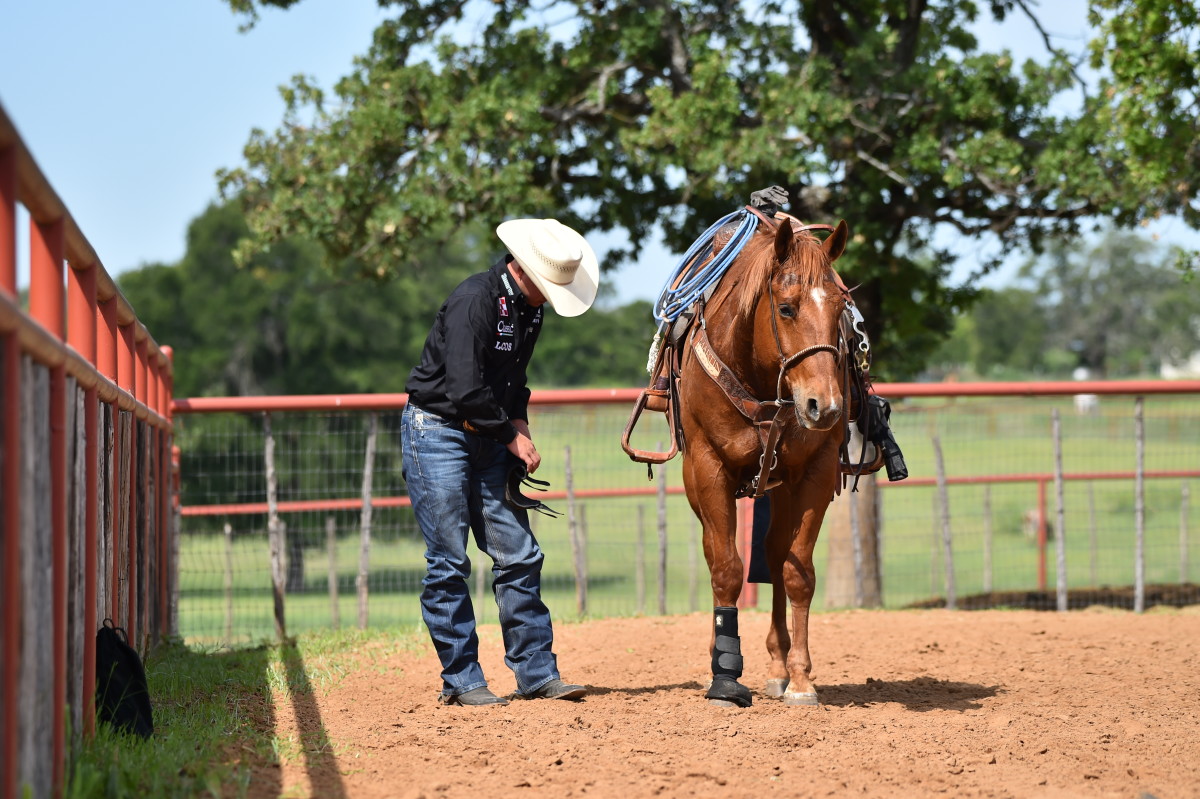
4. If I’ve fixed equipment problems completely, and I need to regain the horse’s trust across the arena, I start making normal, controlled runs in low-pressure situations. The second the horse starts to climb, I let go of my rope and go into small circles to the left, putting the horse’s front feet back on the ground and leveling the horse’s body out. That prevents him from climbing, and it allows him to work himself into a calmer state. This isn’t a fight—it’s not an aggression of any sort, really. I just want him to release into that circle and calm down before I allow him to go back to roping. When he stops climbing and stops panicking in that spot, I will get off and let that horse relax. Instead of going into panic or flight mode, I want my horse to know that he should be confident and relaxed when he’s doing his job.
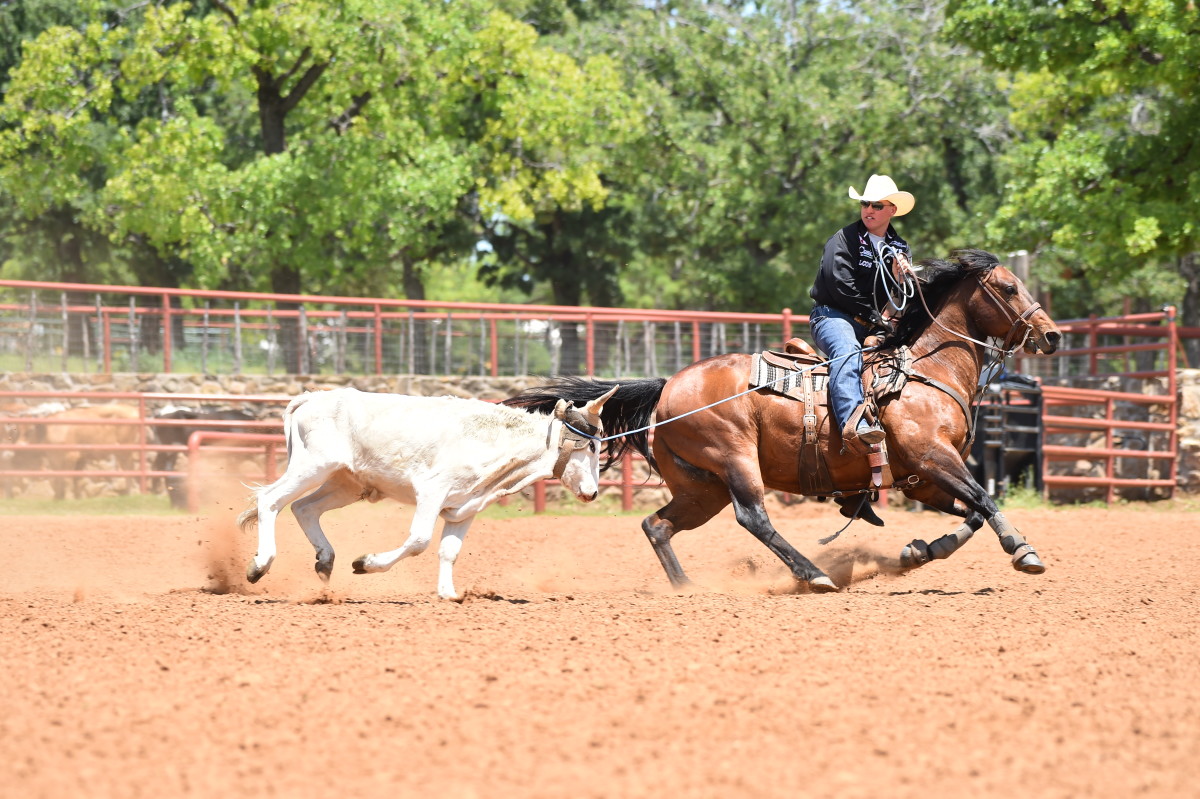
5. You’ll see results instantly if you go about this drill the right way in the practice pen. But it takes longer to correct it in pressure situations. To stop a horse from climbing, you’ve got to completely rebuild his trust across the arena. This can take up to six weeks or more but, in the end, not having to deal with a climber is completely worth the effort.











